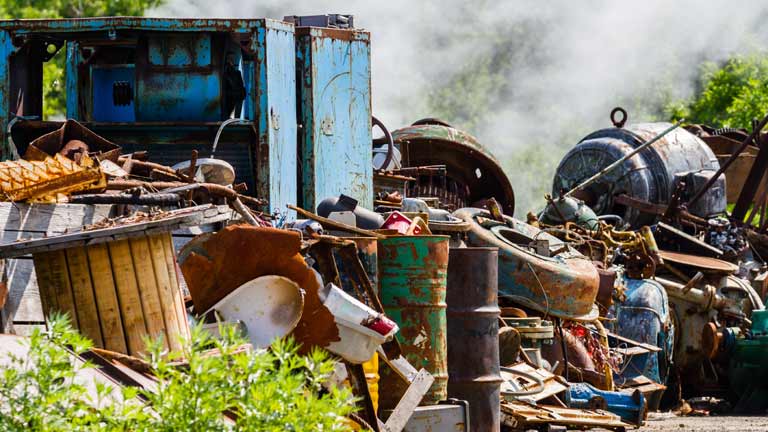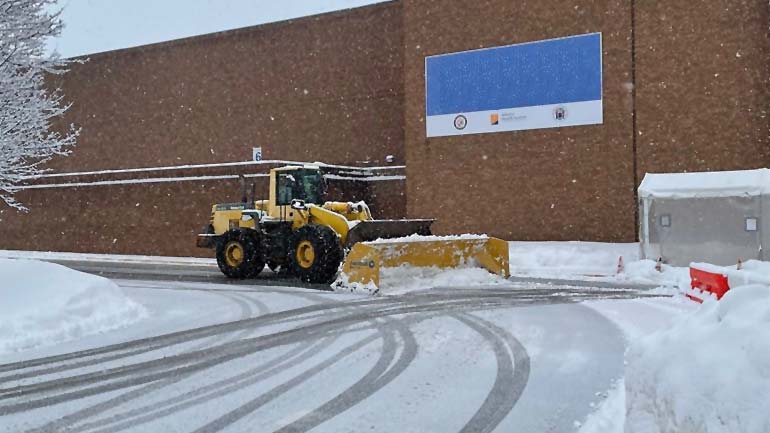
Climate change, in simple words, is the large-scale shift in weather patterns and it is real.
According to The Intergovernmental Panel, climate change effects on animals could be detrimental. Estimates are that if the global temperatures reach the projected leaves by 2100 20-30% of assessed plants and animals could be at risk of extinction.
The scientist observed that the global climate change effects on animals are huge, temperature changes cause habitat damage and stress to wildlife globally, disrupting their life cycle events and posing huge challenges to them.
The Earth’s surface is warming in the last decades. Some of the warmest years were recorded in the last 20 years. These changes are resulting in more frequent and intense storms and heat waves causing bushfires like in Australia 2020. Also, the temperature of the oceans is and the sea levels are rising, directly harming humans and animals.
Climate change effects on land animals
More frequent and intense drought, storms, heatwaves, can directly harm terrestrial organisms, destroying the places they live, and negatively affecting the available food sources.
Giant Pandas
Pandas are currently considered vulnerable to extinction, there are still only 1,864 left in the wild. Some of the biggest threats include poaching and habitat loss caused by climate change.
In order to survive, they need to adapt to higher temperatures, but the temperature increase is exceeding their adaptability to a warmer climate.
Their nutrition entirely depends on bamboo trees and due to climate change, and global warming there is less bamboo and the pandas are left without a food source. That is the reason giant pandas prefer a cool and moist temperature since bamboo requires that kind of climate.
Some research suggests that the prime panda habitat in China could be lost by the end of the century.
Asian Elephants
Global warming and climate change are causing drought increasing the risk of diseases and death among Asian elephants.
When there are fewer freshwater supplies infectious diseases spread faster and easier, negatively impacting elephants.
Also, elephants do not have sweat glands making it hard for them to cool off, flapping their ears creates a cooling effect and making them adapt to high temperatures. But increased temperatures caused by global warming are exceeding their adaptability causing heat stroke, and being one of the main reasons Asian elephants die.
Cheetahs
Cheetahs, the fastest cats, and animals in the world are becoming endangered in some areas around the world. Due to warmer temperatures, they developed abnormal coils in their sperm. Temperature increase also lowered the sperm count, negatively affecting their ability to reproduce.
Higher temperatures are affecting their feeding habits as well. They love to prey on Thomson’s gazelles which are a very rich protein source for cheetahs compared to other herbivore animals.
Unfortunately, climate change and droughts are negatively impacting the survival of gazelles causing cheetahs to switch to other food sources that are not so protein-rich. The change of food is leading to lower quality of sperm at the end affecting the reproduction ability. According to science, it turns out that cheetahs have a very sensitive genetic makeup since other big cats are that can adapt to global climate change more, with less negative consequences.
Giraffes
Global climate change is negatively impacting the wildlife across the globe, and the giraffes are not excluded. High temperatures lead to droughts, habitat loss and the spread of diseases which drastically reduced the population of giraffes, the decline is by 40% in the last 30 years. In addition to poaching, the greatest threat to the giraffes are shrinking habitat and fewer acacia trees, which is
Climate change effects on insects and plants animals and ecosystems
Climate change affects ecosystems in various ways. For example, global warming may push animals to migrate to upper latitudes or higher elevations because the temperatures are more conducive to their survival.
Monarch Butterflies
Monarch butterflies are some of the most important pollinators in the world. They pollinate many types of wildflowers and are a food source for some birds, insects, and small animals. They help trees and flowers grow, they help the earth too, and give us oxygen. Simply said they are part of nature which makes them important.
Due to climate chaos happening in the last decade, global warming and temperature increase are negatively affecting butterflies. To find mates and lay eggs monarch butterflies highly depend on specific temperatures. Also, increasing carbon dioxide levels are making the milkweeds their only food source too toxic for them to tolerate. From the 1980s the population of monarch butterflies declined by 95%.
Bumblebees
Bumblebees, the world’s most efficient pollinators, on which 90% of agriculture depends, are dying out mostly due to the climate change effects. They are on the brink of mass extinction according to researchers, and they say it’s mostly due to human activities.
Climate change is one of the main reasons bees are dying, next to pesticides and habitat destruction.
Climate change effects on marine animals
Climate change effects on marine animals start with plankton, the basis of food chains – fish, polar bears, seals, sea lions, whales, penguins, and seabirds.
Also, the oceans are becoming more acidic because of the absorption of carbon dioxide leading to changes in the ocean’s ecosystem and disrupting the food chains thus leaving some animals with fewer food sources.
Adelie Penguins
The International Union for Conservation of Nature lists Adelie penguins as Near Threatened with extinction. Sea ice changes are affecting their annual migration and increased snowfall may reduce the stability of their nesting habitat.
Scientists claim that by 2060 a third of Adelie penguin colonies could be in decline due to climate change. It appears to be a connection between the ocean surface becoming warmer and the population among Adelie penguins declining.
Whales
Climate change, depletion of ozone layers and rise in UV radiation is consequently decreasing the population of krill, a primary food source for some whales and many other marine species.
Whales are highly mobile animals, global warming is moving their prey so the whales are following them, changing the migration patterns and affecting the oceans’ ability to suck in carbon, leading to further temperature rise.
Whales like the bowhead, narwhal, and beluga, which live in Arctic waters year-round, are in particular danger because of climate change effects.
Polar Bears
Climate change is the greatest threat to polar bears’ survival. By rough estimates, there are only about 25,000 polar bears left in the Arctic.
Scientists are concerned that some populations of polar bears have reached their survival limits as the sea ice shrinks. They need the sea ice of the Arctic Ocean to hunt for seals. As the ice melts polar bears are forced to walk long distances to find food and feed their cubs, often leaving them hungry, consequently with less body fat, seriously affecting their ability to reproduce and protect their offsprings.
Polar bears are listed as vulnerable to extinction by the International Union for Conservation of Nature (IUCN), with climate change a key factor in their decline.
Interesting is that scientists proved by modeling energy consumption that it is a biological fact for all species including humans that we can survive without food for so long. The timing of this threshold is possible to predict by research.
Some scientific studies suggest polar bears will be wiped out by 2050 unless more is done to cope with climate change consequences




